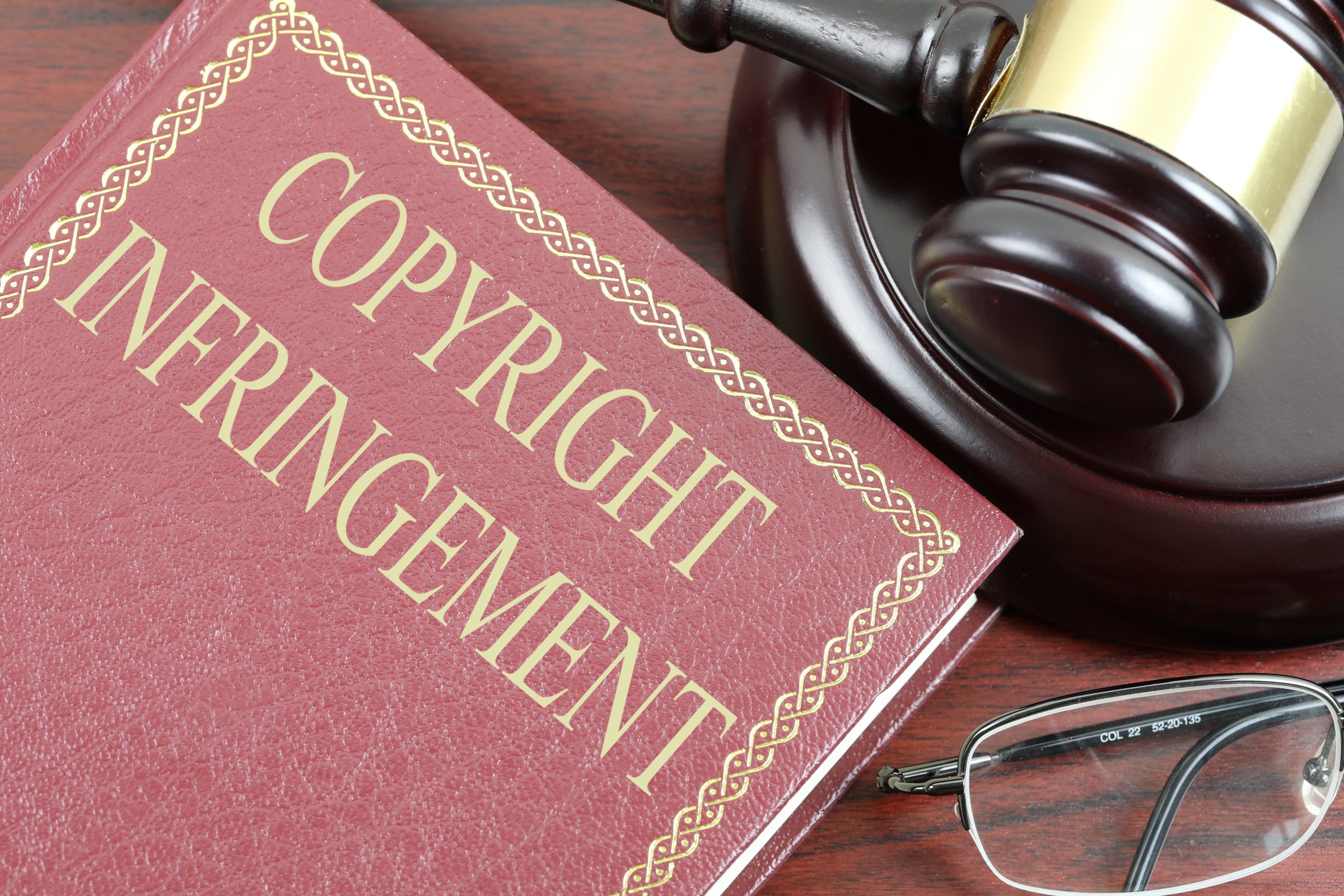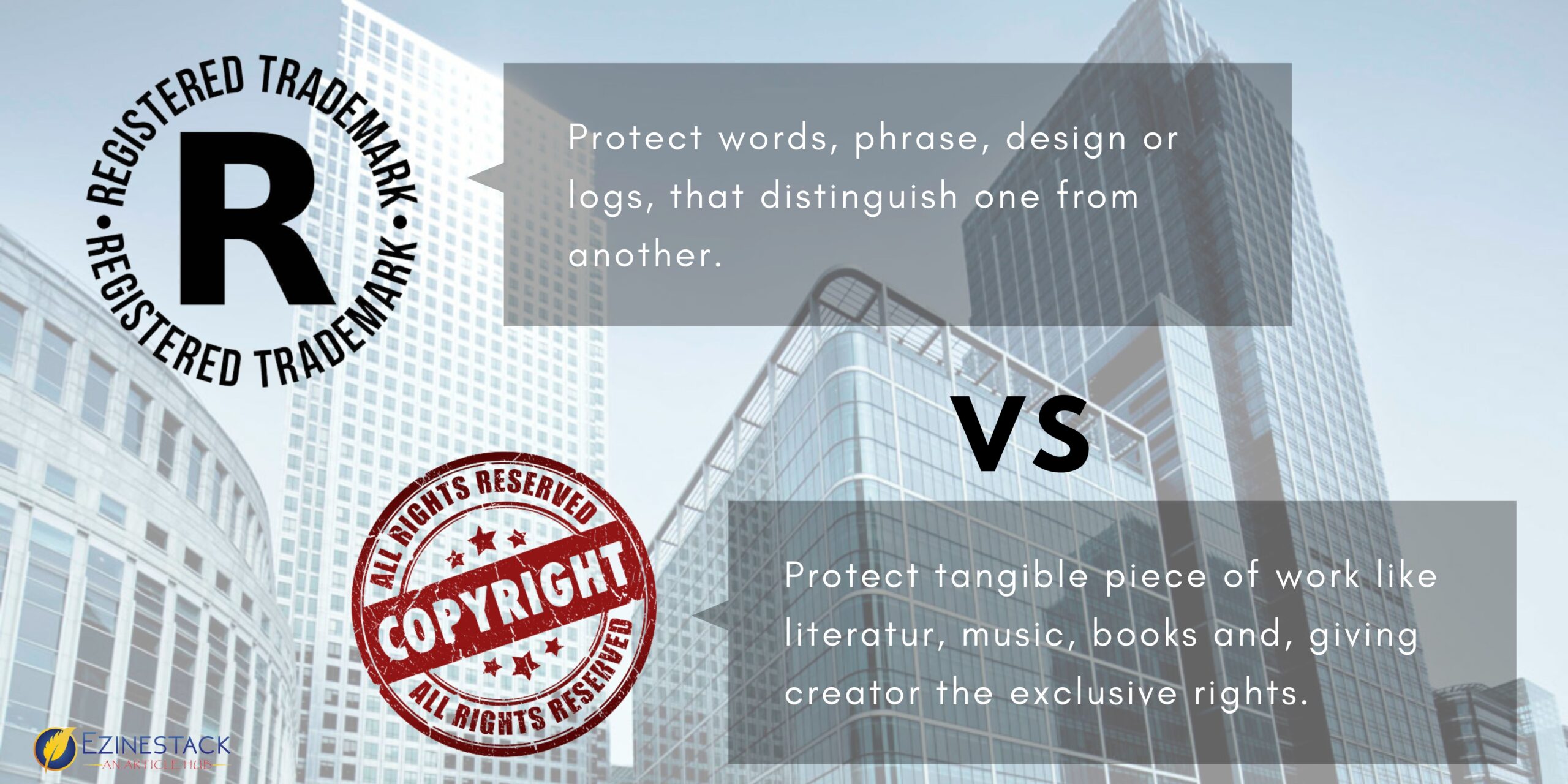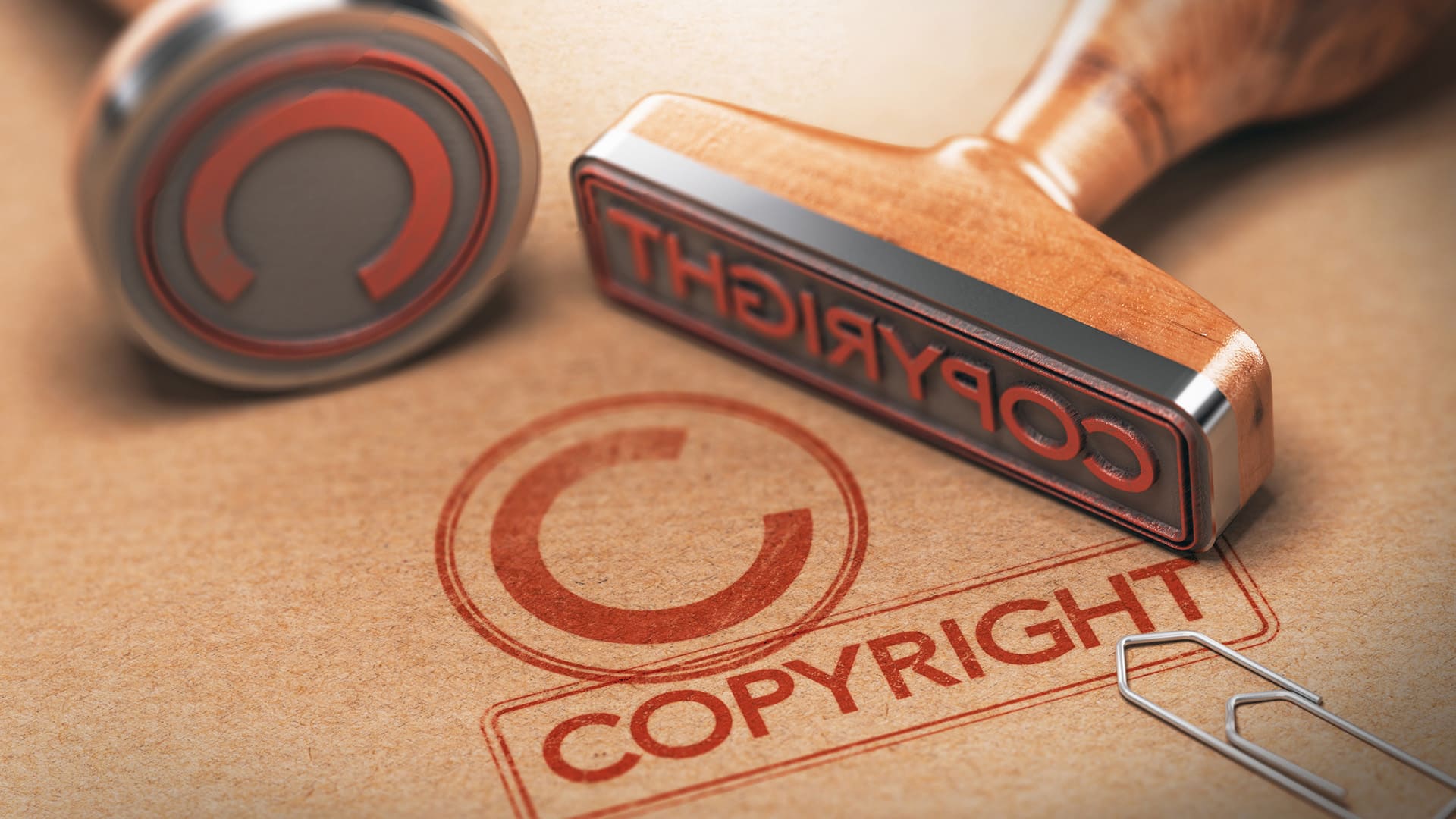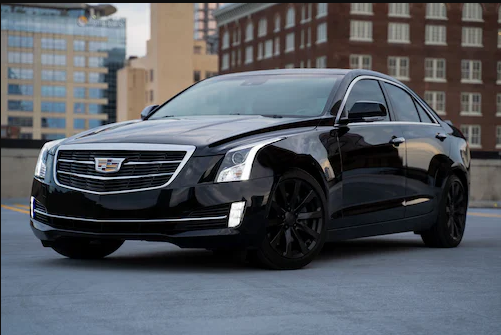How To Trademark And Copyright Your Website’s Name & Logo
Are you a business owner in Australia who’s got his new website ready to go live?
Well, congratulations!
You have already taken a step ahead to ensure your business reaches newer heights.
However, have you given a thought about website copyright protection?
What if your content gets copied and someone uses it on their site or elsewhere? And it’s not just limited to the wordings, but your brand logo that serves as your business identity.
Believe it or not, thousands of website designs are being randomly copied and used by similar businesses every day. As such, it puts the original business in great jeopardy as it mar’s their essence and individuality. This is where website copyright infringement comes into the picture and in the hands of functional trademarking lawyers, your intellectual interests can be safeguarded.
In this post, we mull over the website copyright laws in Australia, their implications, copyright vs trademark infringement, and everything else in between.
Read on!
Copyright Protection Laws In Australia -Things you ought to know
First things first, the Australian Copyright Council happens to be the central entity that has sole governing rights and authority for any copyright issues that one might encounter with their website. However, before you trademark your website, you will need to know some basics:
- Remember, that a whole website is never protected by copyright laws. Instead only certain components like artworks or any graphic, brand logo and the source code are the one that falls under the protected category.
- In event of any copyright infringement, you are to direct the matter to your trademark lawyer.
- Alternatively, you can also mail the website owners that have seemingly copied your website without consent to take down the inclusions and send the organisation a formal letter to comply.
- The Copyright protection law in Australia pertains to the Copyright Act 1968 (Cth), and the duration for the same is almost a lifetime or 70 years for the creator. Now, one must understand that the copyright is applicable for published as well as unpublished works. In other words, if you are still drafting the content of your website and have yet to publish it, you still have nothing to worry about as you are already protected for the same.
Understanding the difference between copyright and trademark

Although people tend to use words like “copyright” and “trademark” quite synonymously, there is a strong line of difference that sets them apart.
Simply put, copyright is applicable to any work of creation like painting, logo, music and any such intellectual doings. In comparison, a trademark is applicable to certain words or phrases, symbols or use of colour in a website design or instance. They are used to impart individuality to manufactured goods or products and services alike. So, in case you want to protect your website or brand logo from being copied or used by others you will need to trademark your website. So, just in case you are worried about the use of background colour schemes or other design codes for your website being copied, trademarking can give you peace of mind. One must know that any registered trademark can never be used without the permission of the business owner.

So, you see, how trademarking and copyright can go hand in hand to offer wholesome protection for your website and brand image. With copyright and trademark in place, you not only protect your website design but also add value to your brand identity.
In this digital world where everything is out on a platter and plenty of resources are at disposal to tarnish one’s image, website copyright infringement cases are waiting to happen any day. Thus, it is in the best interest of your business that you hire trademarking lawyers to get things sorted out right from the very beginning.












